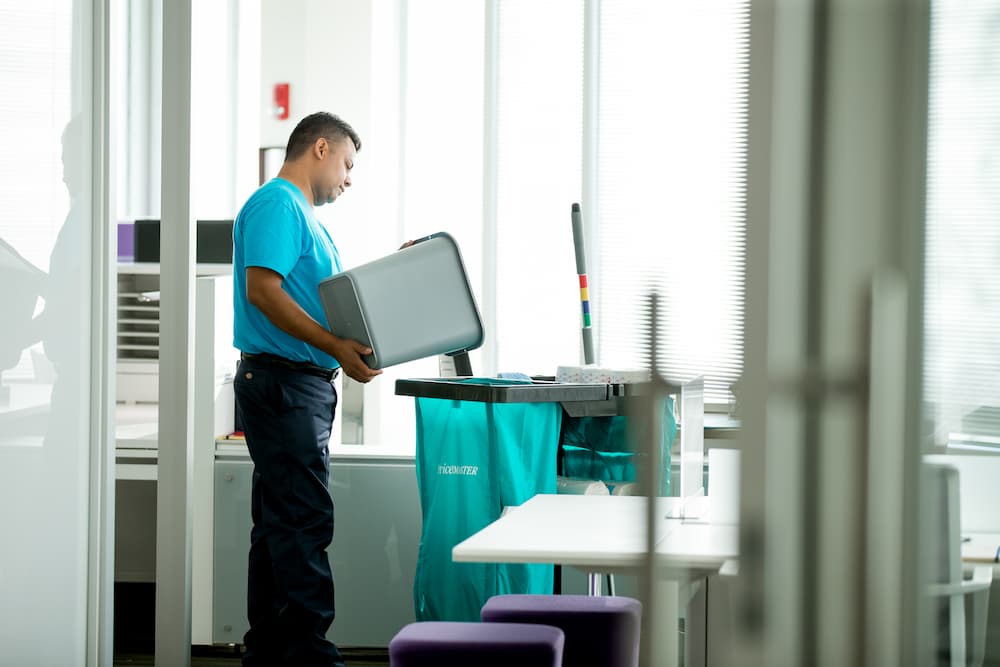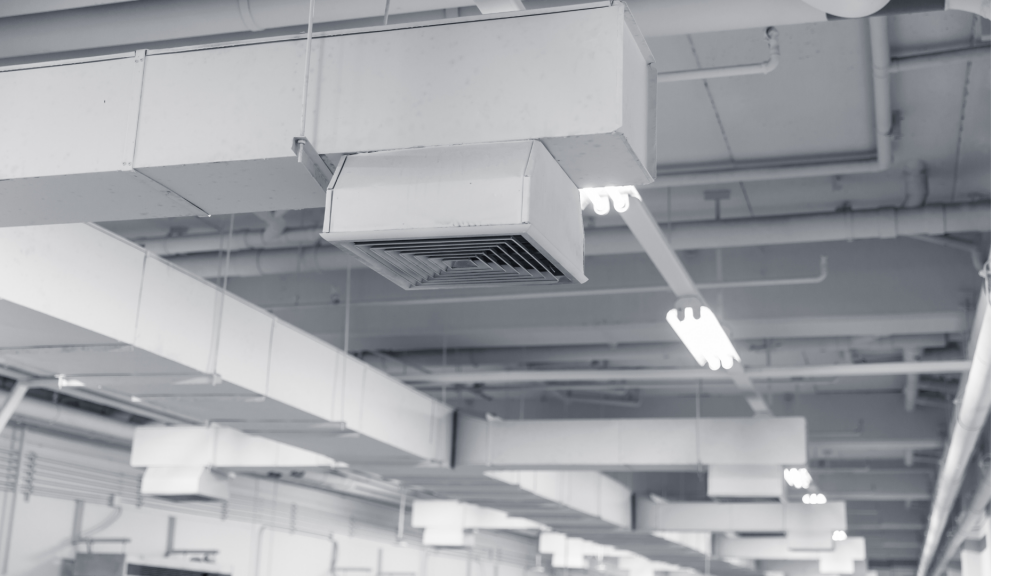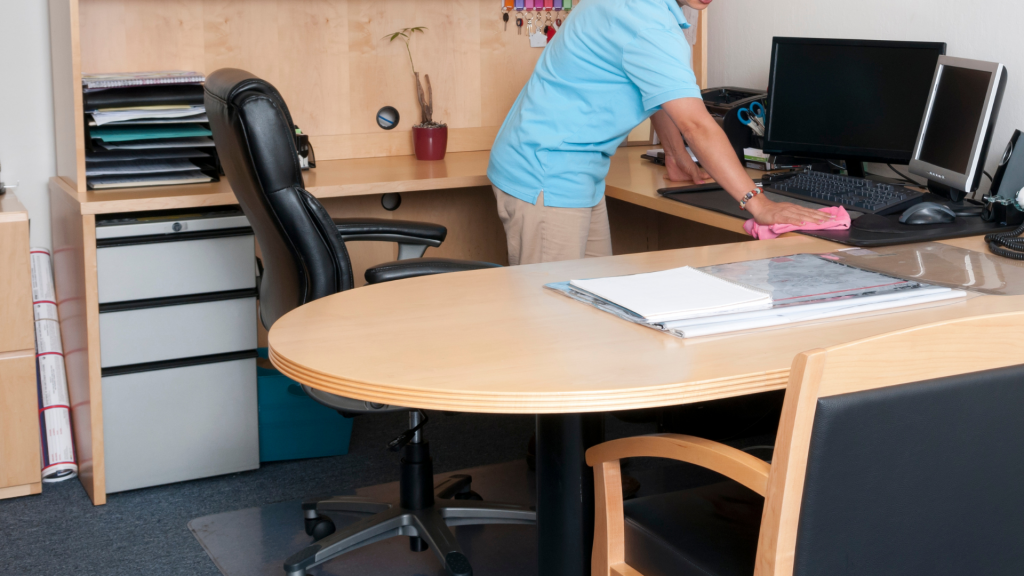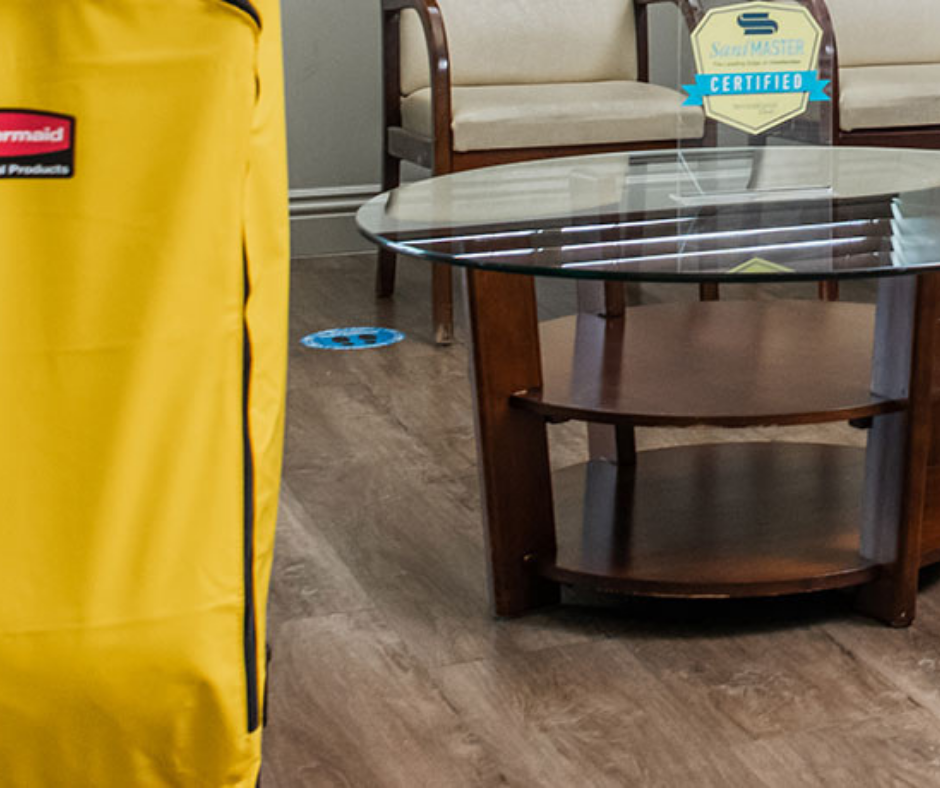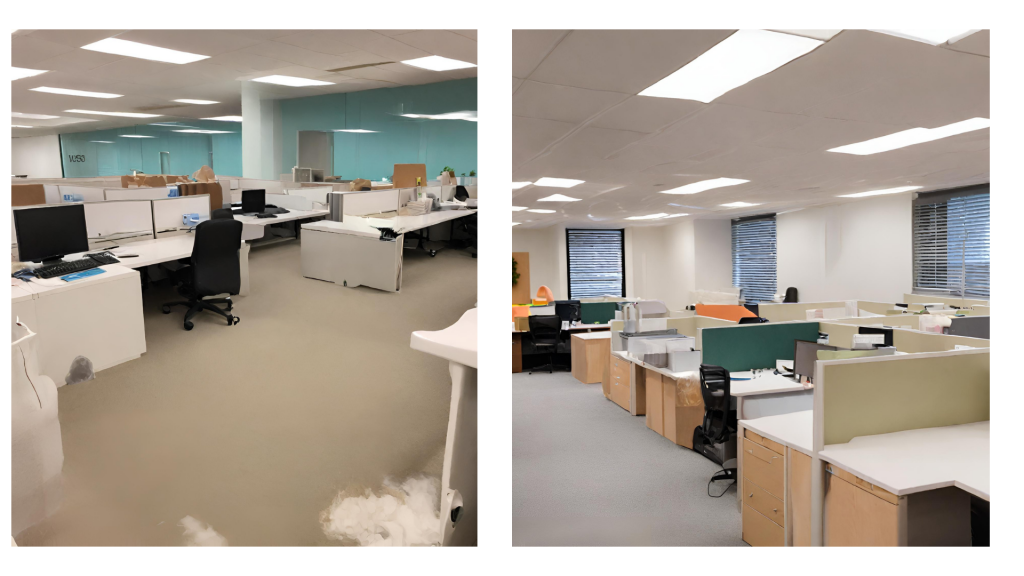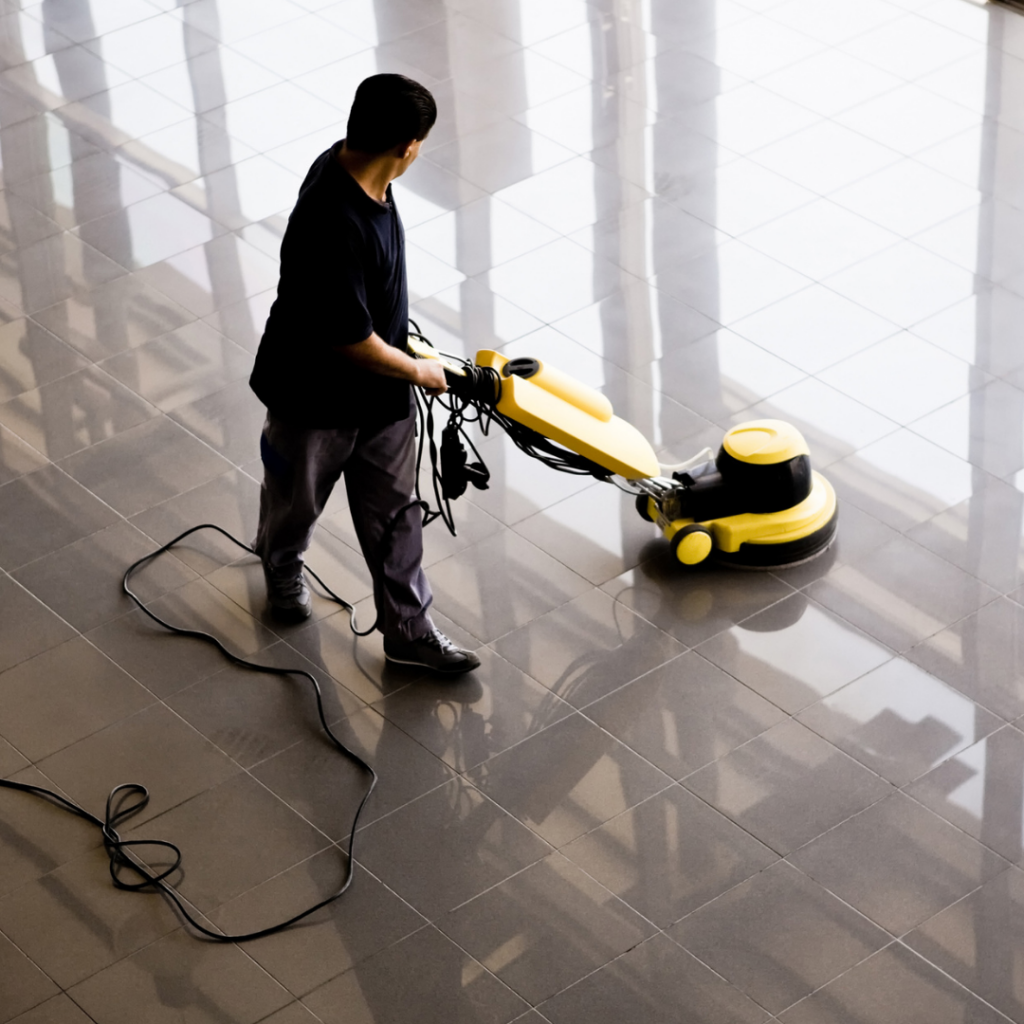Introduction
Restroom cleaning is a task that often goes unnoticed until it’s done improperly. A clean restroom is not only a sign of good hygiene but also essential for the well-being of those who use it. Whether you are responsible for cleaning public restrooms or managing the cleanliness of restrooms in your own home, it’s crucial to know the dos and don’ts of restroom cleaning.
In this blog post, we will explore some best practices and common mistakes to avoid when it comes to keeping restrooms spotless and sanitary.
The Dos of Restroom Cleaning
- Use the Right Cleaning Products: The first and most crucial step in restroom cleaning is using the right cleaning products. Restrooms can be a breeding ground for bacteria and germs, so it’s essential to use disinfectants and cleaners that are effective against common pathogens. Disinfectants with EPA approval are recommended for public restrooms to ensure they meet safety and efficacy standards.
- Establish a Cleaning Schedule: Regular cleaning is key to maintaining a clean restroom. Create a cleaning schedule to ensure that restrooms are cleaned and disinfected at consistent intervals. High-traffic restrooms may require more frequent cleaning, while low-traffic areas can be cleaned less often.
- Use Personal Protective Equipment (PPE): Always wear appropriate personal protective equipment, such as gloves and masks, when cleaning restrooms. This helps protect you from exposure to harmful chemicals and pathogens present in the environment.
- Focus on High-Touch Areas: Pay extra attention to high-touch areas like doorknobs, faucet handles, toilet flush handles, and light switches. These areas are more likely to harbor germs and should be cleaned and disinfected more frequently.
- Thoroughly Clean and Disinfect Toilets and Urinals: Ensure that toilets and urinals are not only cleaned but also disinfected. Scrub them thoroughly with a toilet bowl cleaner, paying special attention to the inside of the bowl, and disinfect the outer surfaces to prevent the spread of germs.
- Stock Restroom Supplies: Regularly check and replenish restroom supplies such as toilet paper, soap, and paper towels. An inadequately stocked restroom can lead to unsanitary conditions and customer dissatisfaction in public settings.
- Proper Ventilation: Adequate ventilation is essential to reduce odors and maintain air quality in restrooms. Ensure that restrooms have proper ventilation systems in place, and regularly clean exhaust fans and vents.
- Inspect and Maintain Fixtures: Regularly inspect restroom fixtures such as faucets, soap dispensers, and hand dryers. Repair or replace malfunctioning fixtures promptly to prevent water leaks or soap and towel shortages.
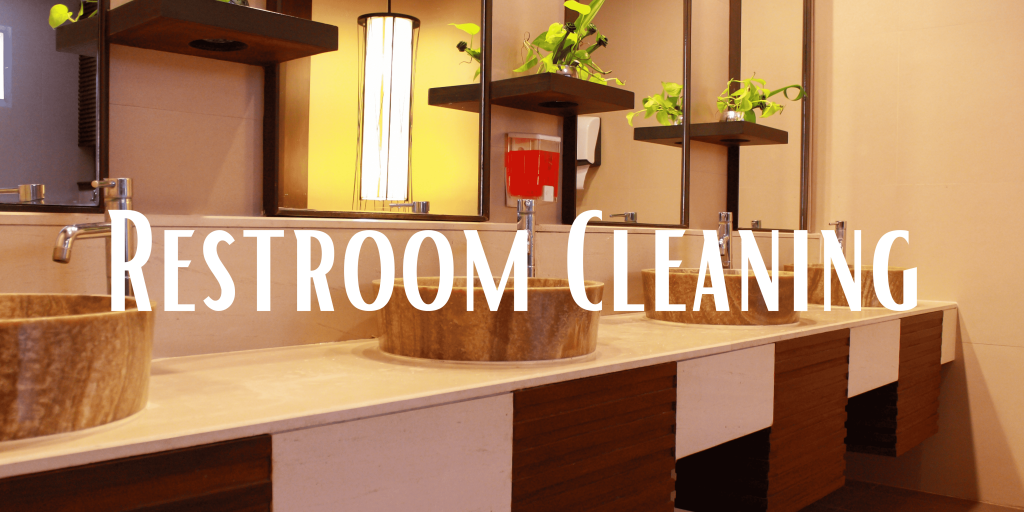
The Don’ts of Restroom Cleaning
- Don’t Use Harsh Chemicals on Surfaces: While it’s important to use effective cleaning products, avoid using overly harsh chemicals that can damage surfaces or pose health risks. Harsh chemicals can erode fixtures and harm the environment. Stick to manufacturer-recommended cleaning agents.
- Don’t Neglect Grout and Tile Cleaning: Grout and tile in restrooms tend to accumulate dirt and grime over time. Neglecting these areas can result in unsightly stains and unpleasant odors. Regularly clean and maintain grout and tile to prevent mold and mildew growth.
- Don’t Forget About Floors: Restroom floors can quickly become dirty and slippery due to frequent use. Regularly sweep and mop restroom floors to prevent accidents and maintain a clean appearance.
- Don’t Overlook Touchless Fixtures: In modern restrooms, touchless fixtures like automatic faucets, soap dispensers, and hand dryers are becoming more common. Ensure that these fixtures are properly maintained, as malfunctioning touchless technology can lead to unsanitary conditions and customer dissatisfaction.
- Don’t Neglect Cleaning Supplies: Keep cleaning supplies organized and properly labeled. Neglecting this can lead to confusion and result in the use of incorrect products in the wrong areas, potentially damaging fixtures and surfaces.
- Don’t Ignore the Importance of Dry Hands: Inadequate hand drying options can lead to restroom users leaving with wet hands, which can spread germs. Ensure that hand dryers or paper towel dispensers are in working condition/order and well-stocked.
- Don’t Use Dirty Cleaning Tools: Dirty cleaning tools, such as mops and cloths, can spread germs and bacteria rather than remove them. Regularly clean and disinfect your cleaning equipment to ensure effective cleaning.
Conclusion
Maintaining a clean and hygienic restroom is essential for the health and satisfaction of its users in office buildings, property or public places. By following the dos and avoiding the don’ts of restroom cleaning, you can ensure that restrooms remain a clean and safe environment for everyone.
GET IN TOUCH
Schedule a Visit
Whether you’re a professional janitor, a business owner, or a homeowner, these guidelines will help you maintain a spotless and sanitary restroom for all to enjoy. Prioritize cleanliness and adhere to best practices, and you’ll create a positive and healthy restroom experience for everyone.


